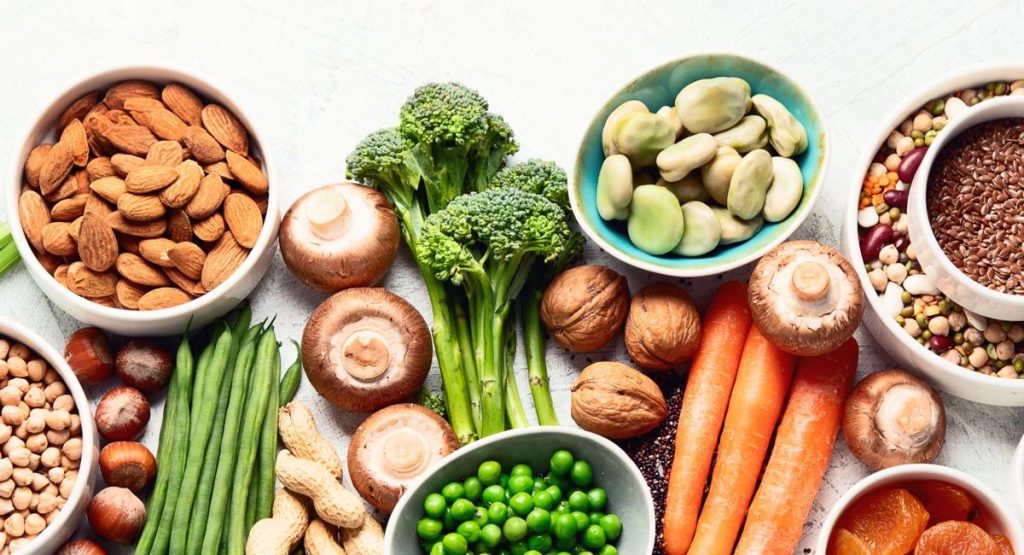In an era marked by a growing awareness of health, sustainability, and ethical considerations, plant-based protein is emerging as a compelling alternative to animal-derived sources. While the traditional narrative often emphasizes animal products as the primary source of protein, a wealth of research and a global shift towards plant-centric diets are reshaping this perception. Plant-based diets not only offer a rich tapestry of essential nutrients but also boast a reduced environmental footprint and potential health advantages. Let us embark on an extensive exploration of plant-based protein, dispelling myths, uncovering its diverse sources, and delving into its multifaceted benefits.
Deconstructing Protein: The Architect of Our Being
At its core, protein serves as the fundamental building block of our bodies, orchestrating a symphony of physiological processes that range from growth and repair to immune function and hormone regulation. Proteins are composed of amino acids, organic compounds that link together to form intricate structures. Among these amino acids, nine are deemed “essential” as our bodies lack the ability to synthesize them, necessitating their acquisition through dietary means.
A common misconception surrounding plant-based diets is the notion that they are inherently deficient in protein or fail to provide a complete amino acid profile. This misconception stems from the distinction between complete and incomplete proteins. Complete proteins, predominantly found in animal products, contain all nine essential amino acids in adequate proportions. Incomplete proteins, often associated with plant sources, may lack one or more of these essential amino acids. However, this distinction does not diminish the viability of plant-based diets. By strategically combining various plant foods, individuals can readily achieve a complete amino acid profile and meet their protein needs.
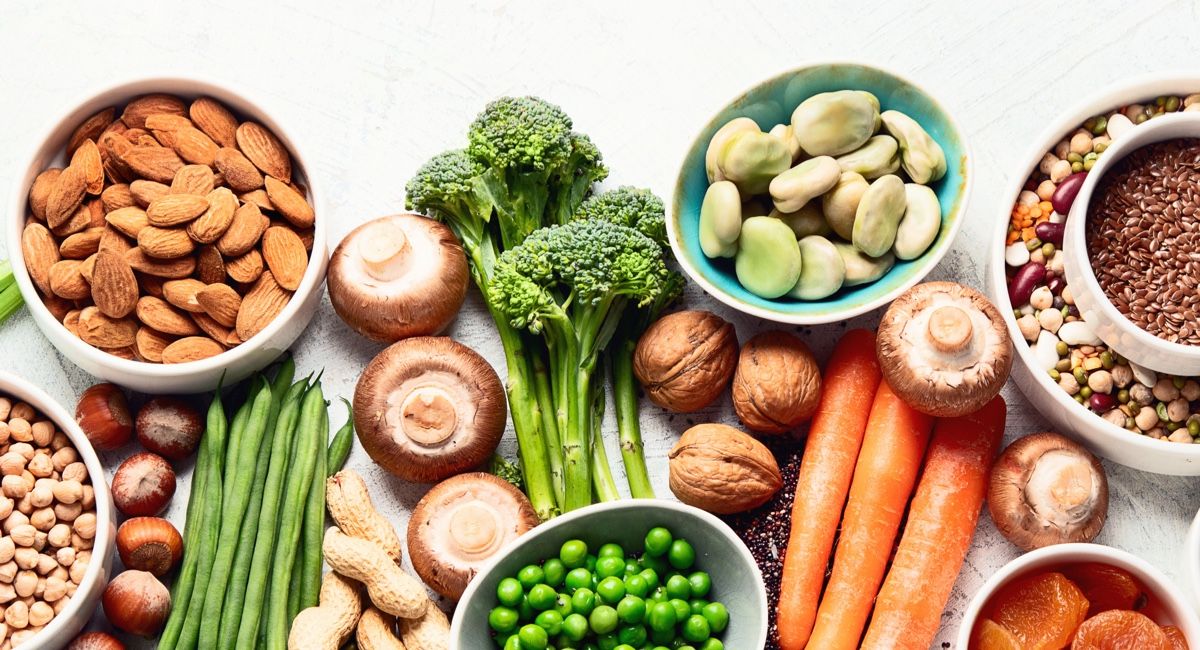
Nature’s Arsenal of Plant-Based Protein: A Cornucopia of Choices
Legumes: Nature’s Nutritional Powerhouses
The legume family, comprising a diverse array of plants such as lentils, chickpeas, beans (black, kidney, pinto), soybeans, edamame, tofu, and tempeh, stands as a cornerstone of plant-based protein. Lentils, for instance, boast an impressive protein content of 18 grams per cooked cup, alongside substantial amounts of fiber, iron, and folate. Chickpeas, renowned for their versatility in culinary applications, offer a similar nutritional profile. Beans, available in a multitude of colors and varieties, are a rich source of protein, fiber, and various micronutrients. Soybeans, a complete protein source, can be consumed in their whole form (edamame), transformed into tofu (a versatile protein-rich curd), or fermented into tempeh (a textured cake with a nutty flavor).
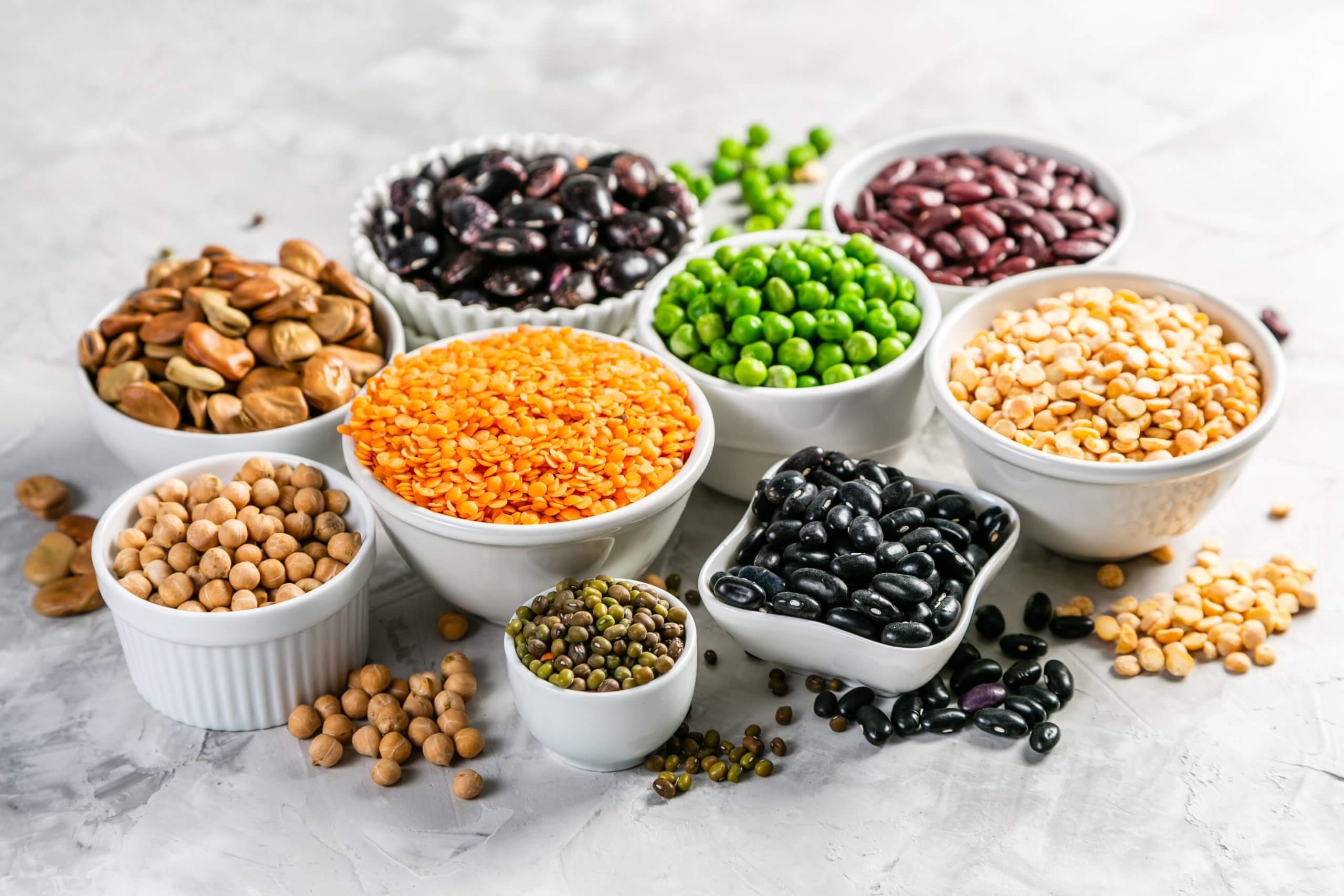
Whole Grains: More Than Just Carbohydrates
While often associated with carbohydrates, whole grains play a pivotal role in contributing to protein intake. Quinoa, a complete protein source originating from the Andes, contains all nine essential amino acids and boasts a higher protein content than most other grains. Brown rice, a staple in many cuisines, offers a moderate amount of protein along with fiber, manganese, and magnesium. Oats, a breakfast favorite, are not only a good source of protein but also provide soluble fiber, which has been linked to heart health benefits. Whole-wheat bread, amaranth, and teff are additional examples of whole grains that can be integrated into a balanced plant-based diet.
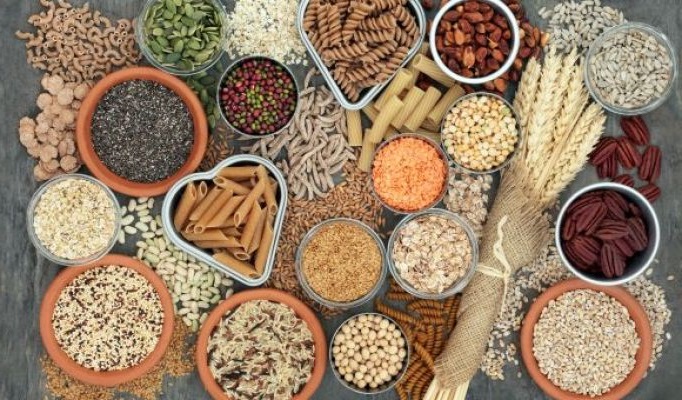
Nuts and Seeds: Nutrient-Dense Powerhouses
Nuts and seeds are nutritional powerhouses, offering a concentrated source of protein, healthy fats, fiber, vitamins, and minerals. Almonds, for instance, contain approximately 6 grams of protein per ounce, along with vitamin E, magnesium, and riboflavin. Cashews, known for their creamy texture, are a good source of protein, copper, and magnesium. Walnuts stand out for their omega-3 fatty acid content, which is essential for brain health. Chia seeds, hemp seeds, pumpkin seeds, and sunflower seeds are other notable examples of protein-rich seeds that can be easily incorporated into various dishes.
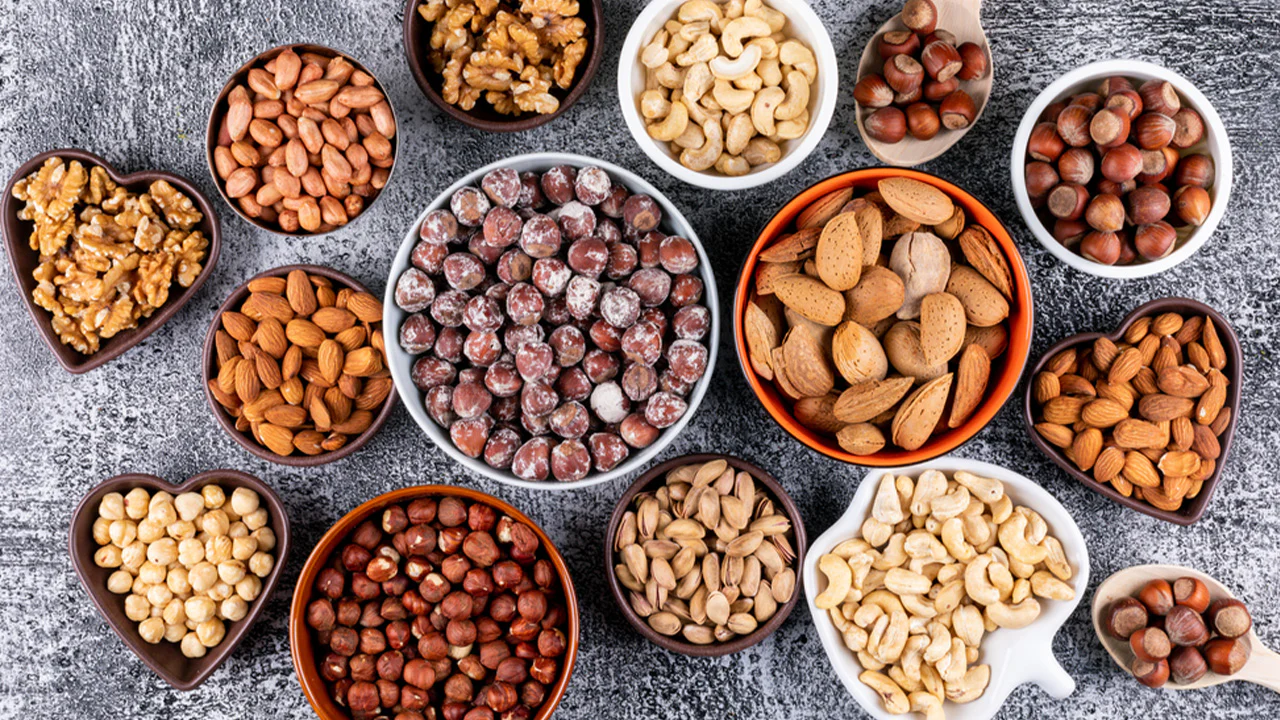
Vegetables: The Unexpected Protein Contributors
While not typically considered a primary source of protein, vegetables can contribute a significant amount to overall protein intake, especially when combined with other plant-based foods. Broccoli, a cruciferous vegetable celebrated for its cancer-fighting properties, contains approximately 4 grams of protein per cooked cup. Spinach, kale, and other leafy greens offer a modest amount of protein alongside an abundance of vitamins, minerals, and antioxidants. Brussels sprouts, asparagus, peas, and potatoes also contribute to protein intake and provide a diverse array of nutrients.
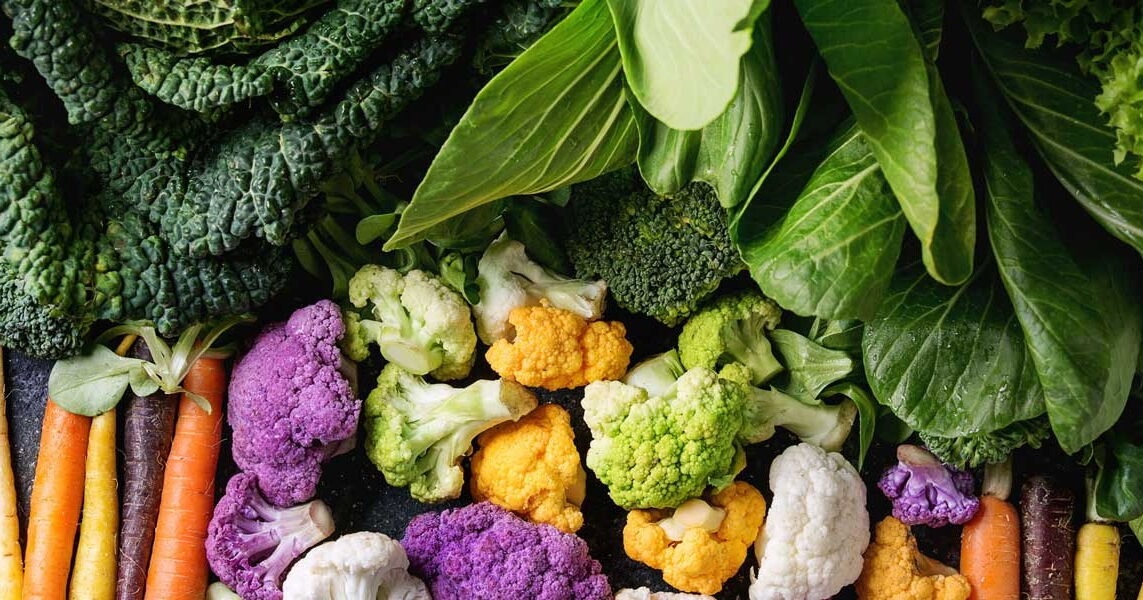
Crafting a Balanced Plant-Based Plate: Strategies for Success
- Diversify Your Sources: Incorporate a wide range of plant-based protein sources into your diet to ensure a complete amino acid profile and a diverse intake of nutrients.
- Combine Strategically: Pair complementary proteins, such as rice and beans or hummus and pita bread, to enhance the overall protein quality of your meals.
- Prioritize Whole Foods: Opt for whole, minimally processed plant foods over highly processed meat alternatives or protein powders.
- Consider Fortified Foods: Some plant-based milks, cereals, and meat alternatives are fortified with additional protein and nutrients.
- Consult a Professional: If you have specific dietary needs or concerns, seek guidance from a registered dietitian or nutritionist who can tailor a plant-based meal plan to meet your individual requirements.
Embracing the Plant-Powered Path: A Sustainable and Nourishing Choice
By choosing plant-based protein, you are not only embracing a nourishing and sustainable dietary pattern but also contributing to a healthier planet and a more compassionate world. The journey towards a plant-powered lifestyle is a testament to the interconnectedness of human health, environmental well-being, and ethical considerations. As research continues to unveil the multifaceted benefits of plant-based diets, the future of protein is undoubtedly rooted in the vibrant and diverse offerings of the plant kingdom.

Hello, I’m Elaria Jackson, the author behind Vegan Castle. I have a background in Nutrition Science and Culinary Arts. I’ve studied the benefits of a plant-based diet and its impact on health and the environment. I’ve attended various vegan cooking courses and workshops. Through Vegan Castle, I share easy weeknight meals and decadent desserts. I aim to be a valuable companion on your vegan journey.

